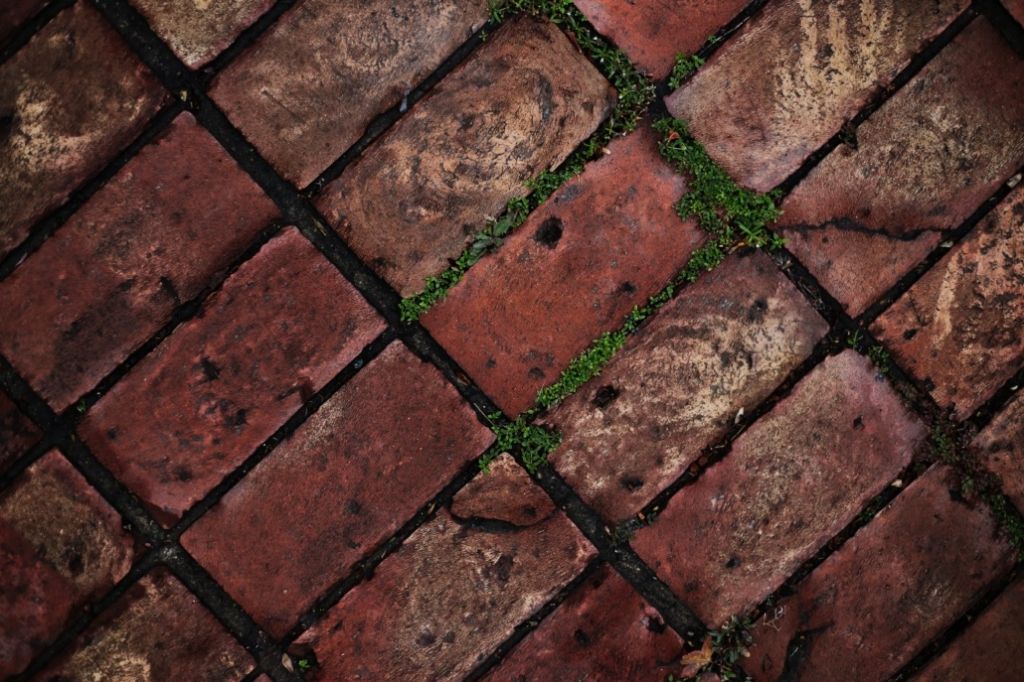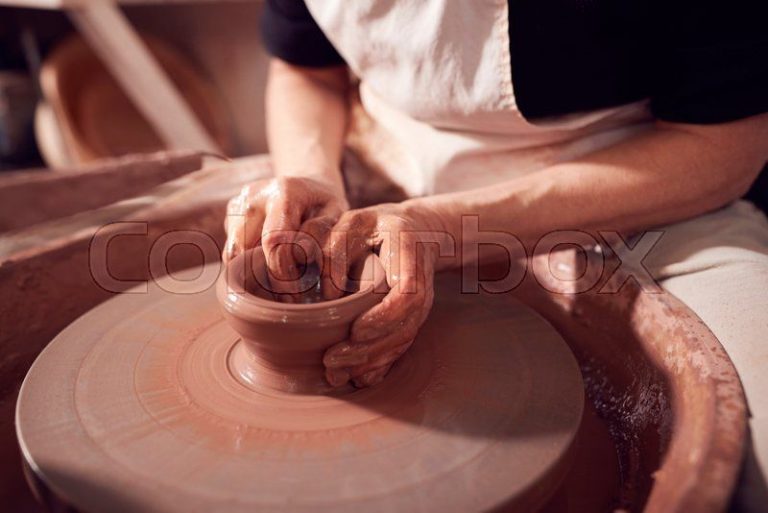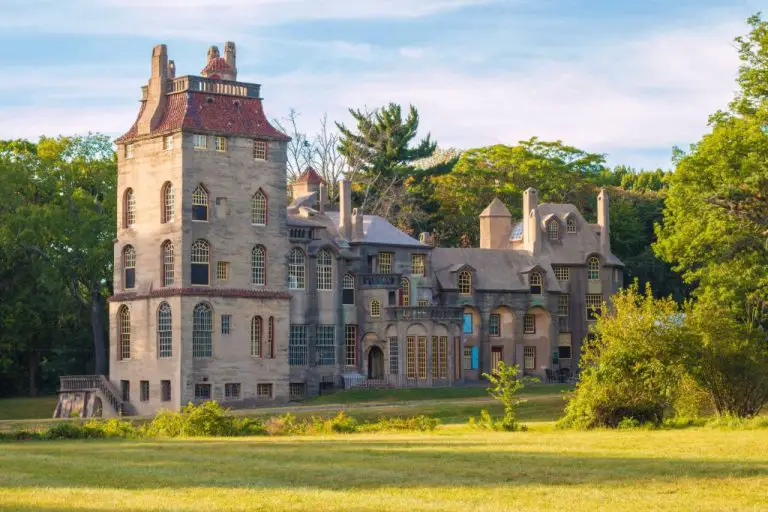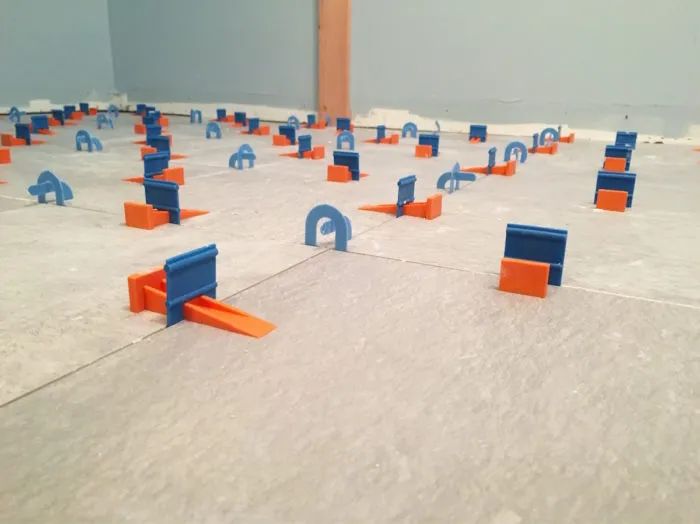What Is A Brick Of Clay?
A clay brick is a type of building material composed primarily of clay. Clay bricks have been used in construction for thousands of years and remain one of the most common masonry units found worldwide.
This article will provide an overview of clay bricks, including their history and origins, manufacturing process, composition, properties, sizes and shapes, uses, advantages, and disadvantages.
We will define what clay bricks are, examine how they are made, and explore why they have stood the test of time as an integral construction material.
History
The earliest known bricks date back to around 7000 BCE and were found in the Middle East, being used in the regions with warm climates. These earliest bricks were sun-dried mudbricks made from clay mixed with straw or sand.12 Ancient civilizations in Mesopotamia, Egypt, and the Indus Valley all used mud bricks extensively for building structures. The ancient Egyptians developed kilns to fire the bricks around 5000 BCE, creating more durable bricks.1
The Romans later introduced more advanced brickmaking techniques, standardizing brick sizes and developing materials like pozzolanic cement. The Romans widely used fired clay bricks and brought brickmaking technology throughout their empire. In medieval times in Europe, brick construction became popular for building castles, churches, and monasteries.3
Bricks continued to evolve over the centuries, with developments like facing bricks and glazed bricks emerging during the Renaissance. Industrialization brought increased automation and mass production to brickmaking. More recent advances include new pressing methods, laser engraving, and the development of sustainable and environmentally-friendly bricks.
Clay Composition
The type of clay used is very important in brick manufacturing. Clays used for brick making are primarily “Brick Making.” Digitalfire, https://digitalfire.com/glossary/brick+making silty clays or fire clays that can withstand high firing temperatures. Common clays used include:
- Kaolin – A soft, white clay mineral that provides plasticity and strength. It is composed of hydrated aluminum silicates.
- Fire clay – Clays high in alumina that can withstand high firing temperatures above 1,100°C without deforming.
- Shale – A fine-grained sedimentary rock made of clay minerals and quartz silt. Shale breaks down into clay when weathered.
The specific clay materials determine the brick’s strength, porosity, color, and texture after firing. Clays with higher iron oxide content result in redder bricks. The plasticity and grain size are also important. Finer grains improve cohesion for molding, while some coarse grains create pores for water evaporation.
Choosing the right clay composition enables firing at high temperatures to produce durable, strong bricks. Selecting poor quality clays can lead to lower strength bricks that crack or break apart easily.
Manufacturing Process
The manufacturing process for clay bricks involves several steps:
Digging and Preparing the Clay
The clay for bricks is dug from clay deposits or pits. The clay is then refined and mixed with water to achieve the right consistency for molding. Sand, crushed stones, or other materials may be added to the clay to improve certain properties. The prepared clay mix is then stored for aging which improves plasticity and workability. (How Are Bricks Made? – Brickhunter)
Molding the Bricks
The aged, prepared clay is soft and pliable enough to be molded into the desired brick shapes and sizes. Molding is usually done by hand or by using automated machines. Excess clay is removed from the molds or extruded profiles. (How Are Bricks Made? – Brickhunter)
Drying and Firing the Bricks
The molded bricks are air-dried for 1-2 days. They are then fired in large kilns at high temperatures up to 2,000°F. This hardens the bricks through vitrification and sets their final size and shape. The kilns used can be scove kilns, clamp kilns, or more modern tunnel kilns. (How Are Bricks Made? – Brickhunter)
Sizes and Shapes
Standard bricks are the most common size and measure 3-5/8″ thick x 2-1/4″ high x 8″ long. Many brick manufacturers also make modular bricks which are a little shorter at 7-5/8″ long according to Belden Brick.

Bricks come in a variety shapes and styles beyond the standard rectangular brick. Some common brick shapes include:
- Closure bricks – Half-sized bricks used to finish a course.
- Utility bricks – Larger bricks at 4″ high.
- Norman bricks – Long, narrow bricks at 12″ long.
- Engineer bricks – Rectangular bricks with rounded corners.
- Bullnose bricks – A wedge-shaped brick used to finish outside corners.
Different textures and patterns can also be achieved using specialized bricks like waterstruck, velour, or ironspot bricks according to Glen-Gery.
Properties
Clay bricks have many useful properties that make them a popular building material, including high strength, durability, and beneficial thermal and acoustic properties.
Clay bricks have high compressive strength, typically between 10-100MPa depending on the type of brick (https://encyclopedia.pub/entry/14263). This high strength allows them to withstand high loads in construction. Their strength comes from the firing process, which causes sintering and vitrification in the clay that binds the particles tightly together.
In addition to compressive strength, clay bricks have high durability and weather resistance. When properly fired, clay bricks do not decompose or erode easily. Their durability comes from the ceramic-like bonds formed during firing. Tests have shown properly fired clay bricks to have a service life of over 100 years (https://www.claytile.co.za/benefits-of-clay-bricks/).
Clay bricks also have beneficial thermal properties. Their heat capacity allows them to absorb heat during the day and release it at night. This evens out daily temperature swings and helps regulate indoor temperatures. Clay bricks have low thermal conductivity, so they provide good insulation against heat flow. This reduces energy costs for heating and cooling buildings made with clay bricks (https://encyclopedia.pub/entry/14263).
In terms of acoustics, clay bricks are dense materials that reflect sound waves well. This blocks sound transmission through walls made of clay bricks. Their mass is also good at damping low-frequency noises. Together, these acoustic properties block outside noise and prevent internal noises from escaping.
Uses
Clay bricks have many uses, especially in construction, architecture, landscaping, and for aesthetic purposes. Some of the most common uses of clay bricks include:
In construction, clay bricks are used for building walls, floors, fences, foundations, and decorative features in homes, buildings, and landscaping. They are valued for their durability, weather resistance, fire resistance, and insulating properties (Littlehampton Brick).
In architecture, clay bricks can be used structurally and decoratively in the interior and exterior of buildings. Architects appreciate the ability to create custom designs, shapes, textures, and colors with clay bricks that lend beauty and character to buildings (Clay Brick Association).
For landscaping, clay bricks are popular for walkways, patios, garden walls, outdoor kitchens, planters, and other hardscaping features. Their durability makes them ideal for high-traffic areas exposed to weather (Modular Clay Products).
Clay bricks are also used for aesthetic purposes like cladding, decorative accents, and ornamental designs on buildings, walls, chimneys, fireplaces, and more. Their colors, textures, and unique handmade appeal provide visual interest (Clay Brick Association).
Advantages
Clay bricks have several advantages that make them a popular choice for building and construction. Some of the main benefits of clay bricks include:
Durability
Clay bricks are extremely durable. They can last for hundreds of years without deteriorating. According to the article “Top 10 reasons clay bricks are a sustainable building material” on littlehamptonbrick.com.au, clay bricks can have a service life of over 100 years [1]. Their strength comes from firing the bricks at high temperatures which causes the clay particles to fuse together.
Availability
Clay suitable for manufacturing bricks is available worldwide. This makes clay bricks a globally accessible and popular building material. Local availability also minimizes transportation costs.
Affordability
Clay bricks are an affordable option compared to other building materials. Their extensive local availability and ease of manufacturing helps keep costs down.
Thermal Mass
Clay bricks have high thermal mass, meaning they absorb and store heat energy. This helps regulate indoor temperatures and reduces the need for artificial heating or cooling. According to the article “Benefits of Clay Bricks” on claytile.co.za, the thermal mass of clay brick walls evens out daily temperature fluctuations [2].
Aesthetics
Clay bricks come in a wide range of colors and textures, allowing for great design flexibility. Their modular size makes them easy to use for decorative patterns. Clay bricks lend a sense of permanence and traditional charm to buildings.
Disadvantages
Clay bricks have some drawbacks compared to other building materials. Three key disadvantages are:
- Heavier than other materials – Clay bricks are dense and heavy. According to TrueGridPaver.com, a clay brick typically weighs around 5 lbs, making clay brick structures heavier than those built with lighter materials like wood or plastic.
- Prone to efflorescence – Efflorescence is a white powdery deposit that can form on brick surfaces when water reacts with the salts in the clay. According to CXFireBrick.com, efflorescence can be an aesthetic disadvantage of clay bricks.
- Labor intensive to make – The process of mining clay, molding, drying, and firing bricks requires extensive manual labor. This makes clay brick production more labor intensive than manufactured modern materials.
Clay bricks tend to be heavier and less uniform than some modern building materials. They also require more hands-on work to manufacture. However, many people value the natural aesthetics and longevity of clay brick structures.
Conclusion
In this article, we examined the history and modern manufacturing process of clay bricks. We learned that bricks are one of the oldest man-made building materials, dating back thousands of years to ancient Mesopotamian civilizations. The basic composition of bricks has remained relatively unchanged over centuries, consisting primarily of clay mixed with additional minerals like silica and alumina.
Today’s manufacturing process starts with locally sourced clay that is crushed and mixed to achieve the right consistency. The clay mixture is molded into brick shapes, then fired in a kiln at extremely high temperatures to permanently harden the bricks. Bricks come in many standard sizes and shapes to fulfill different construction needs.
Clay bricks have many desirable properties including durability, fire resistance, thermal mass, and aesthetics. They are commonly used in residential and commercial buildings around the world. While more expensive than concrete blocks, clay bricks have advantages like better insulation, lower maintenance, and greater strength.
In summary, the simple clay brick has stood the test of time as a versatile, attractive, and durable building block that continues to be an integral material in construction and architecture.




